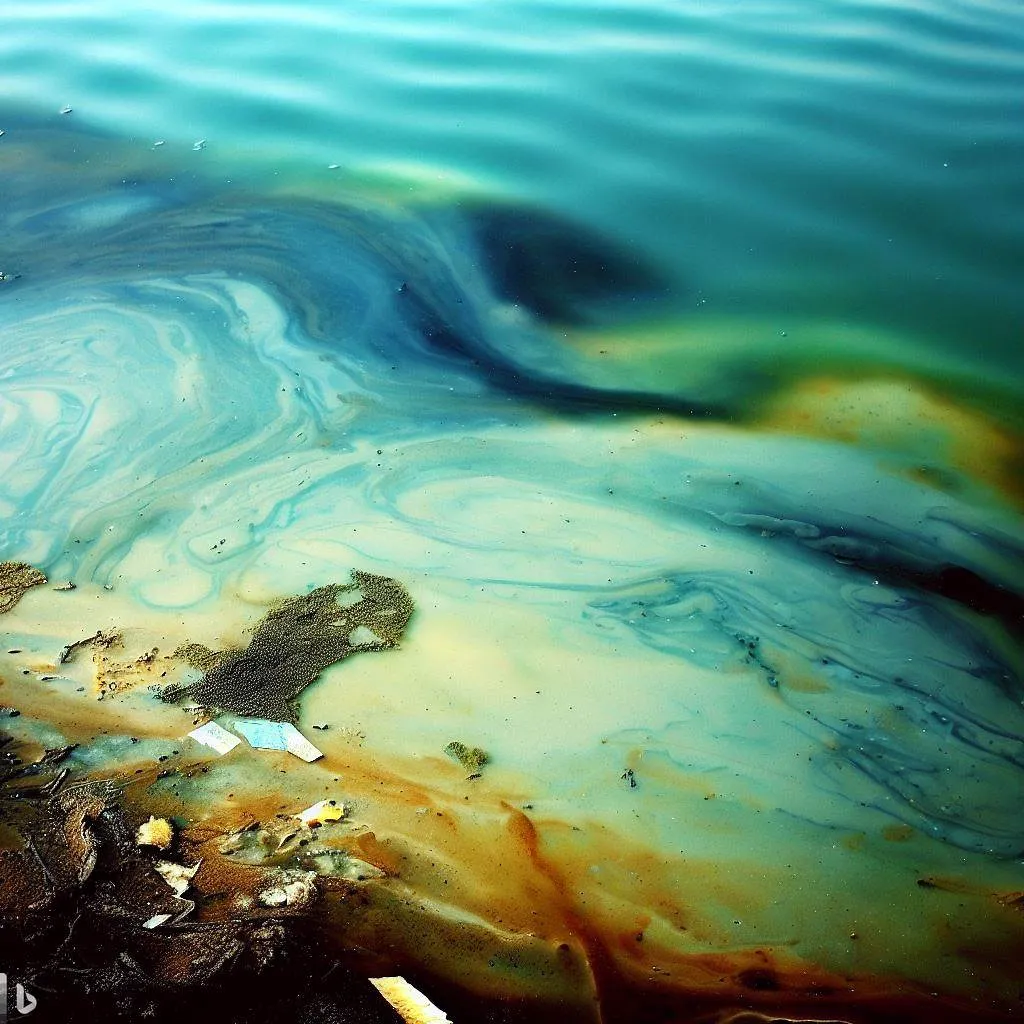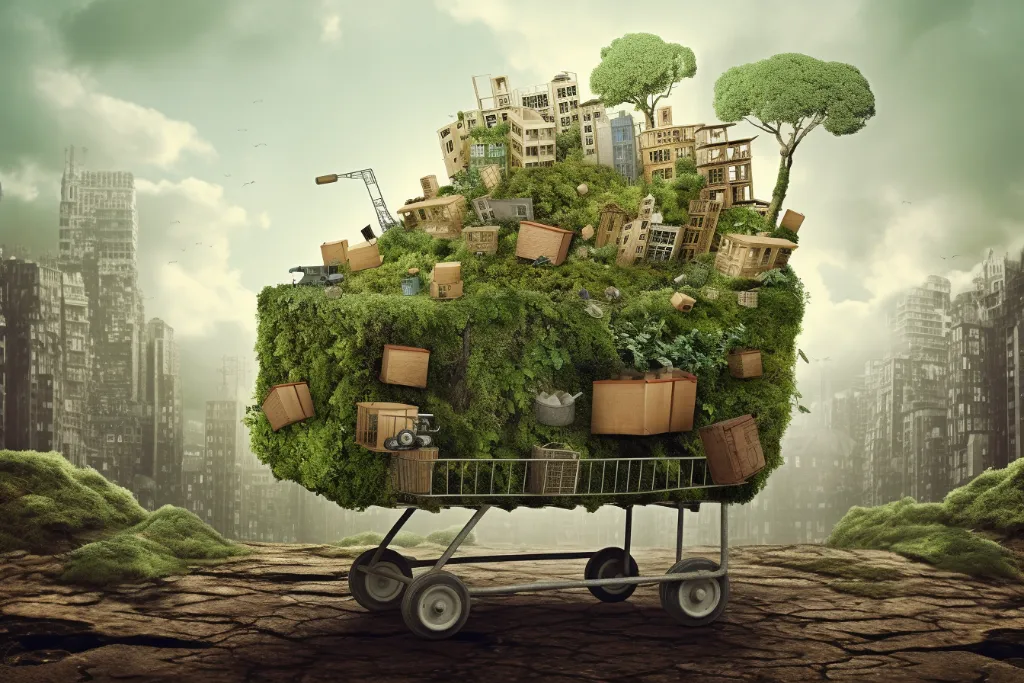Sustainable silver jewelry has become a buzzword in recent years, garnering attention for its positive impact on the environment. Explore the captivating world of sustainable silver, including its environmental advantages, rising popularity, and methods for identification. Discover how this eco-friendly alternative is transforming the jewelry industry while minimizing our ecological footprint.
The Environmental Impact of Traditional Sterling Silver
Mining Practices and Their Environmental Consequences
Traditional mining practices associated with sterling silver extraction pose significant threats to the environment. The Environmental Protection Agency (EPA) highlights the adverse effects of mining activities, such as soil erosion, water pollution, and habitat destruction. Harmful chemicals released during the mining process endanger human health and wildlife.
Water Pollution and Contamination

Mining silver often involves the use of toxic substances like cyanide, which can contaminate nearby water sources. This pollution negatively impacts rivers, streams, and aquatic life. Refining silver also generates waste materials containing heavy metals and pollutants that further compromise water quality.
Carbon Emissions and Energy Consumption
Mining and refining silver consume substantial energy, resulting in significant carbon emissions. According to the Silver Institute, the production of one kilogram of silver can generate up to 32 kilograms of carbon dioxide. This carbon footprint stems from energy-intensive activities such as mining equipment operation, material transportation, and ore refinement.
The Advantages of Sustainable Silver
– How to Identify Ethically Sourced Gemstones for Your Jewelry
– The Rise of Recycled Plastic in Jewelry Making
Recycled Materials: A Sustainable Approach

Sustainable silver stands out for its reliance on recycled materials. By melting down and repurposing old or discarded silver jewelry and silverware, the demand for new mining is reduced, minimizing waste accumulation in landfills.
Ethical Mining: A Responsible Choice
In addition to recycled materials, sustainable silver often originates from mines that prioritize ethical and sustainable practices. These responsible approaches encompass renewable energy adoption, water usage reduction, and the mitigation of toxic chemical usage. Furthermore, some mines actively engage with local communities to ensure fair treatment of workers and environmental protection.
Lower Carbon Footprint: A Green Alternative
Compared to traditional sterling silver, sustainable silver boasts a significantly lower carbon footprint. The Silver Institute reports that recycled silver can have a carbon footprint up to 80% lower than newly mined silver. The energy efficiency achieved through recycling substantially reduces the environmental impact associated with its production.
The Growing Popularity of Sustainable Silver
Consumer Awareness and Conscious Choices

Increasingly conscious of the environmental consequences of traditional mining and production, consumers actively seek eco-friendly alternatives. Sustainable silver has gained significant popularity, driven by a desire to understand the origins and production methods of its jewelry. Consumers are willing to invest in sustainably produced products, thereby supporting positive change in the industry.
Eco-Friendly Trends and Ethical Consumerism
The surge in eco-friendly trends, such as the rise of slow fashion and ethical consumerism, has further boosted the demand for sustainable silver. Slow fashion promotes quality over quantity, encouraging consumers to choose high-quality, enduring pieces produced sustainably. Ethical consumerism encourages aligning purchasing decisions with personal values, favoring companies that prioritize sustainability and ethical production.
Innovative Designers Pioneering Change
The creativity and innovation of designers play a crucial role in the growing popularity of sustainable silver. Their fresh and captivating designs encompass bold statement pieces to delicate, minimalist styles, ensuring a wide range of options to suit diverse tastes.
How to Identify Sustainable Silver
Look for the Mark: Symbol of Sustainability
To identify sustainable silver, pay attention to hallmarks or stamps on jewelry pieces. Many sustainable silver brands imprint particular marks or logos to indicate their use of recycled or sustainably sourced silver.
Ask the Jeweler: A Direct Approach
Engage with jewelers directly to inquire about sustainable silver options. Most jewelers are eager to discuss their sourcing and production processes, offering insights into whether a specific piece aligns with sustainable practices.
Research the Brand: Embrace Conscious Consumerism
Conduct your research to identify sustainable silver brands. Seek companies that prioritize sustainability, and transparency in sourcing and production, and possess certifications such as Fairmined or Fairtrade, indicating ethical sourcing practices.
FAQ: Answering Common Queries
1. What is sustainable silver?
Sustainable silver is an eco-friendly alternative to traditional sterling silver, made from recycled materials and/or sourced from ethical and sustainable mines.
2. How does sustainable silver differ from traditional sterling silver?
Sustainable silver embraces recycled materials or originates from ethical and sustainable mines, whereas traditional sterling silver is typically obtained through conventional mining practices.
3. Where can I buy sustainable silver jewelry?
Sustainable silver jewelry is available from various retailers, both online and in physical stores. Look for sustainable silver brands or inquire about sustainable options at your local jeweler.
4. Is sustainable silver more expensive than traditional sterling silver?
Sustainable silver can be relatively more expensive due to the higher cost of eco-friendly and ethical production. Prices vary depending on the brand and specific jewelry piece.
5. Can sustainable silver tarnish like traditional sterling silver?
Yes, sustainable silver can tarnish, similar to traditional sterling silver. However, many sustainable silver brands apply anti-tarnish coatings to mitigate this issue.
6. Is sustainable silver durable?
Certainly! Sustainable silver exhibits the same durability as traditional sterling silver. It can be polished and cleaned using similar methods.
7. How can I care for my sustainable silver jewelry?
To maintain your sustainable silver jewelry, store it in a dry place away from moisture and clean it regularly with a soft cloth. Avoid exposing it to harsh chemicals or abrasive materials.
8. What are some brands that offer sustainable silver options?
Explore sustainable silver options from brands such as Melissa Joy Manning, Catbird, and Pippa Small.
9. Can sustainable silver be recycled?
Absolutely! Sustainable silver, like traditional sterling silver, is recyclable. Old or unused jewelry and items can be melted down and repurposed into new pieces.
10. What impact does sustainable silver have on the environment?
Sustainable silver significantly reduces the environmental impact compared to traditional sterling silver. Its use of recycled materials and ethical mining practices contributes to a greener planet.
